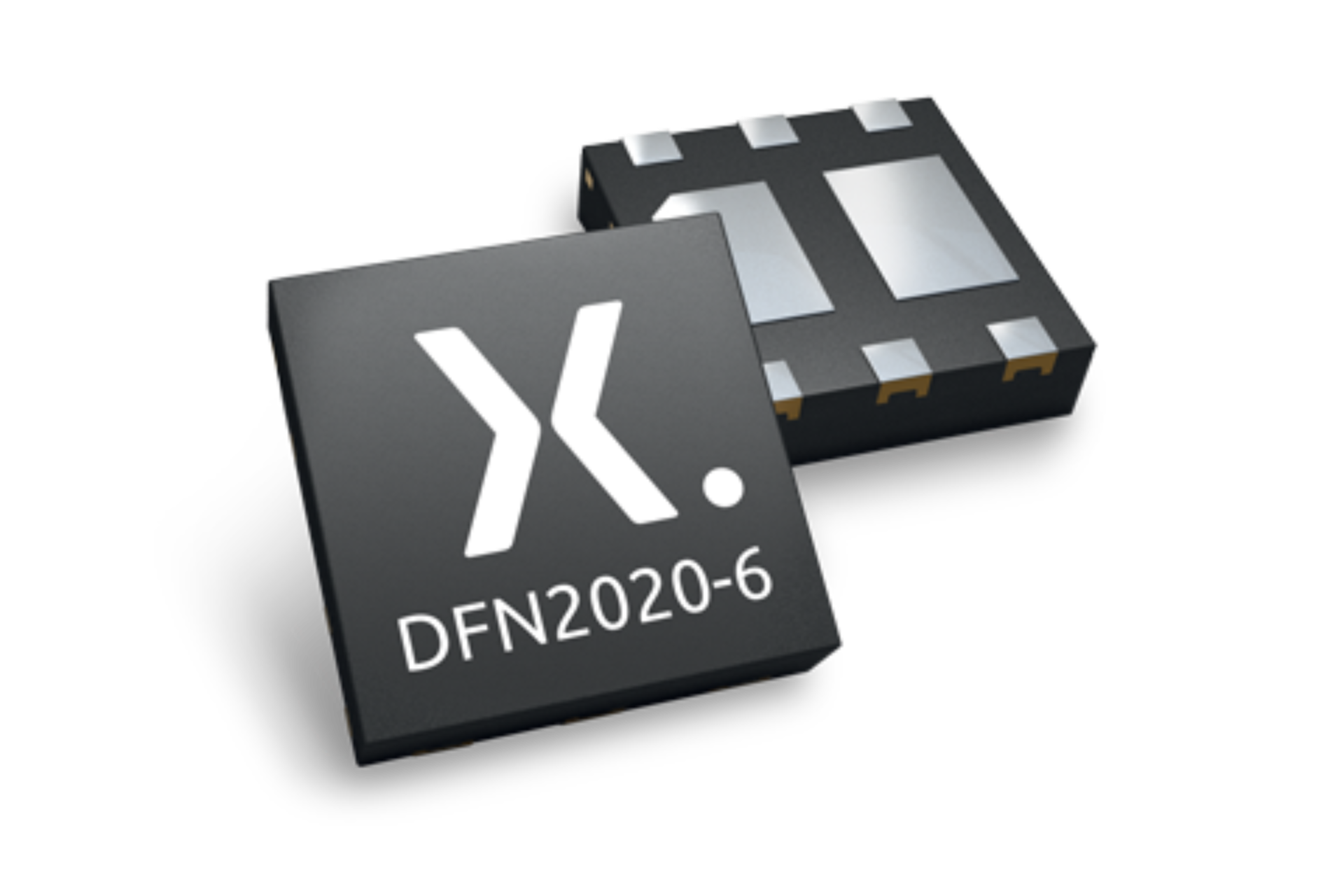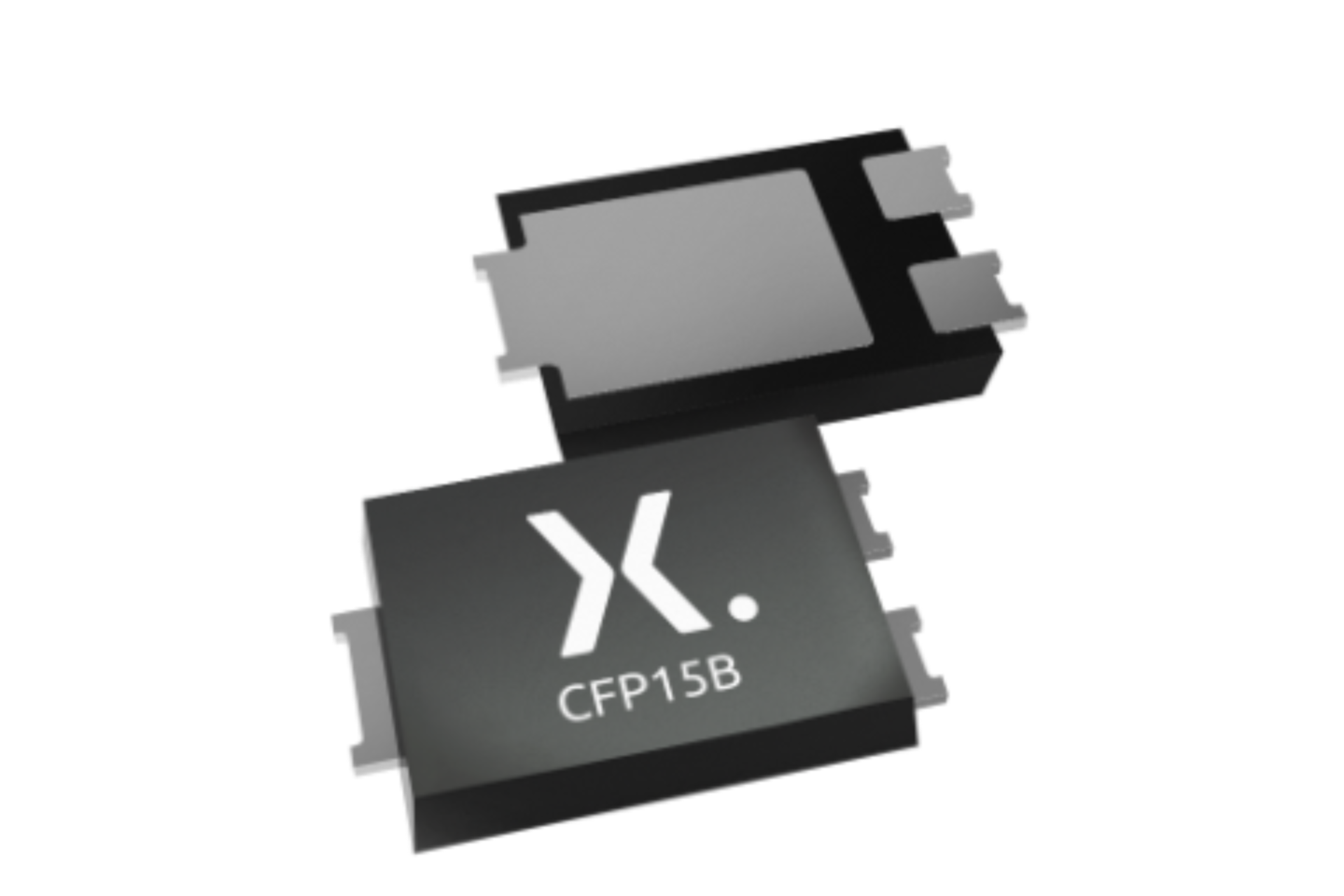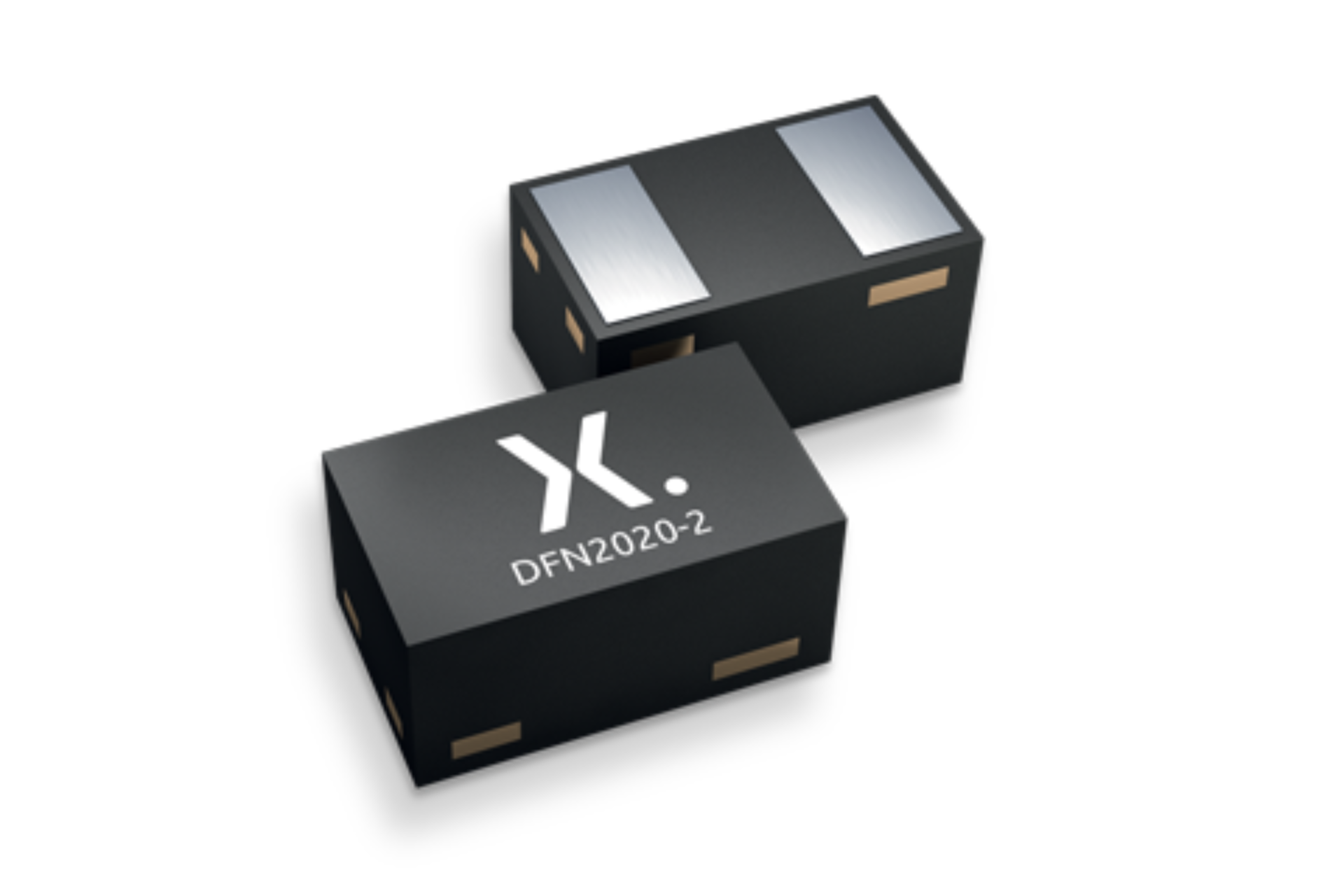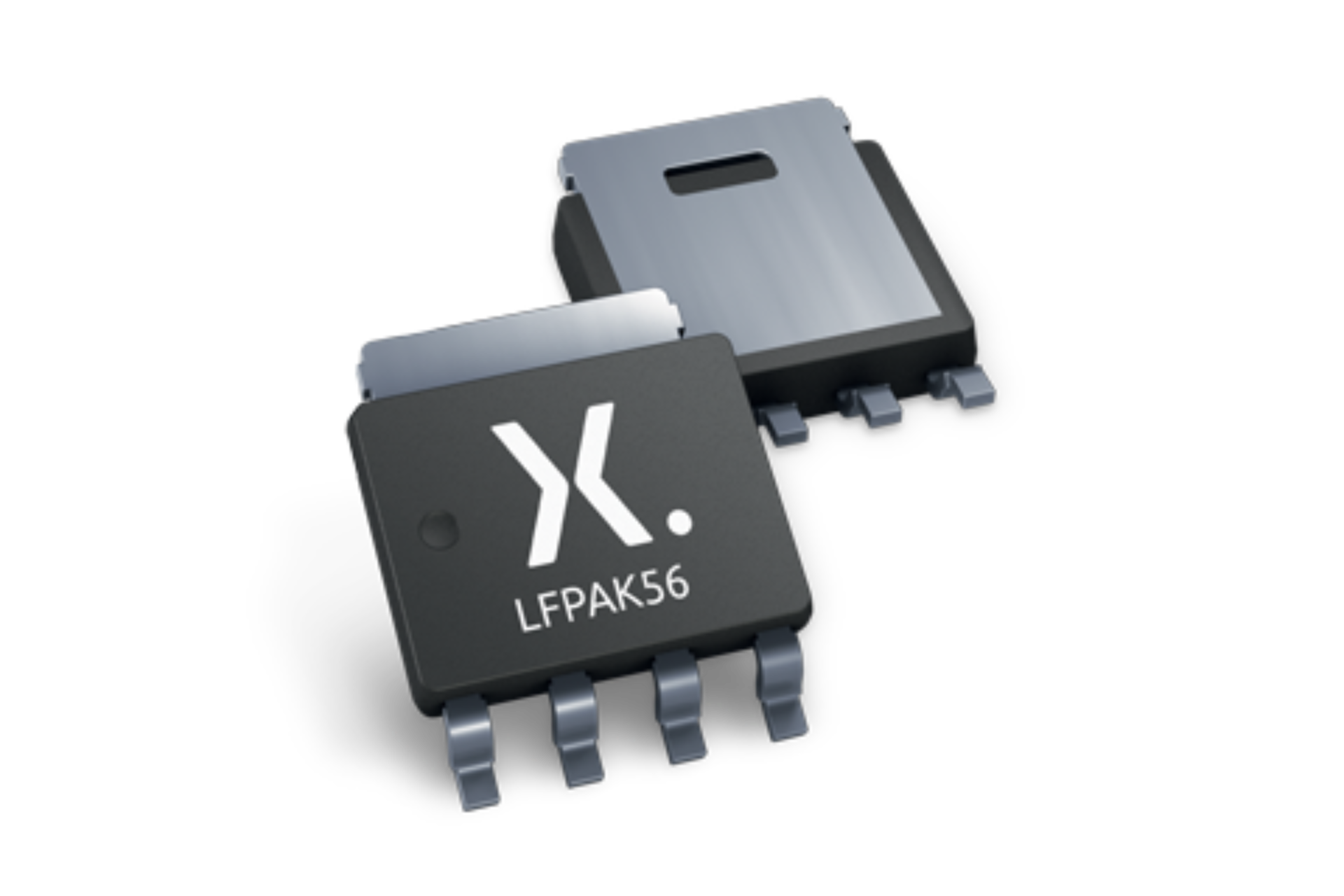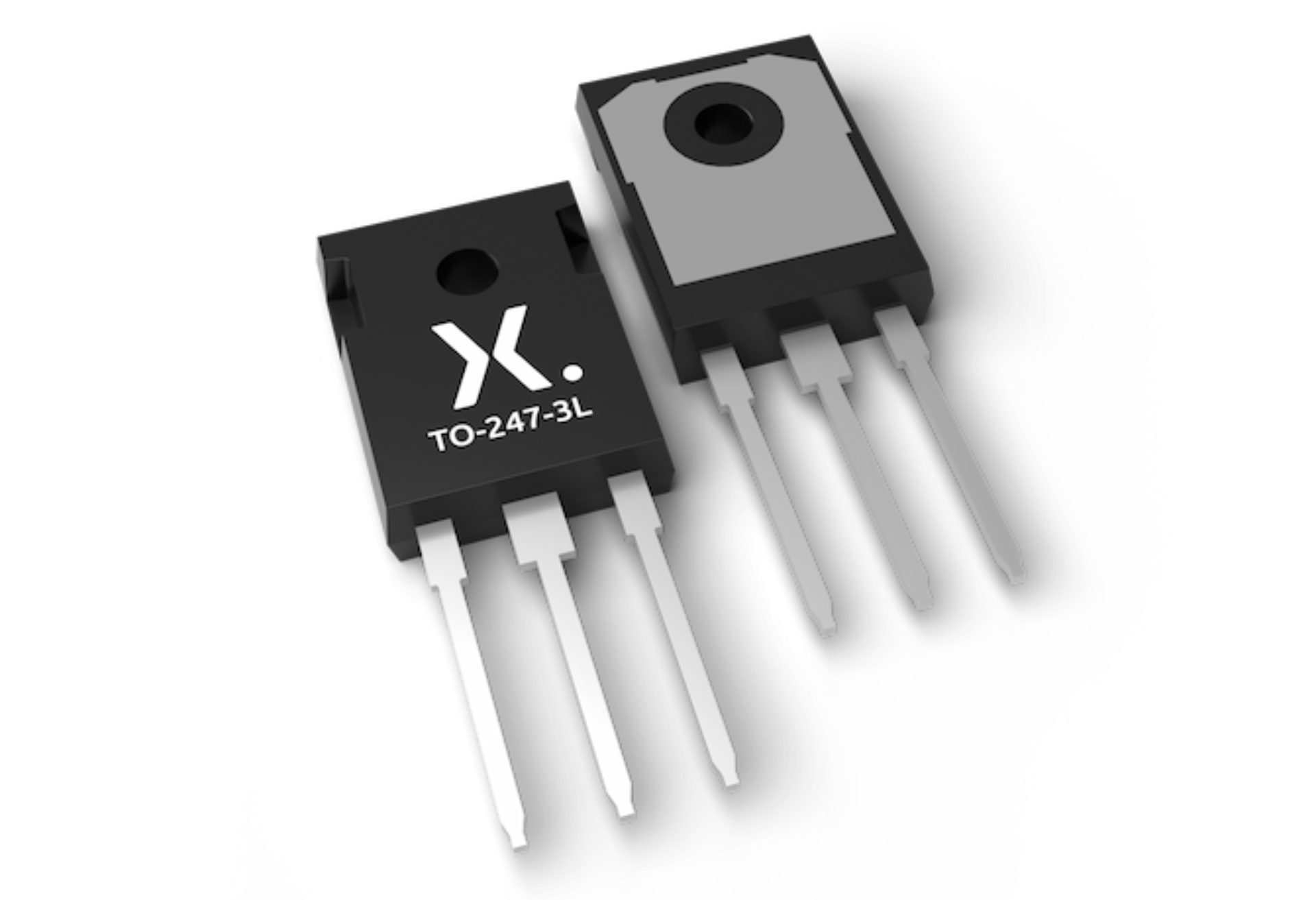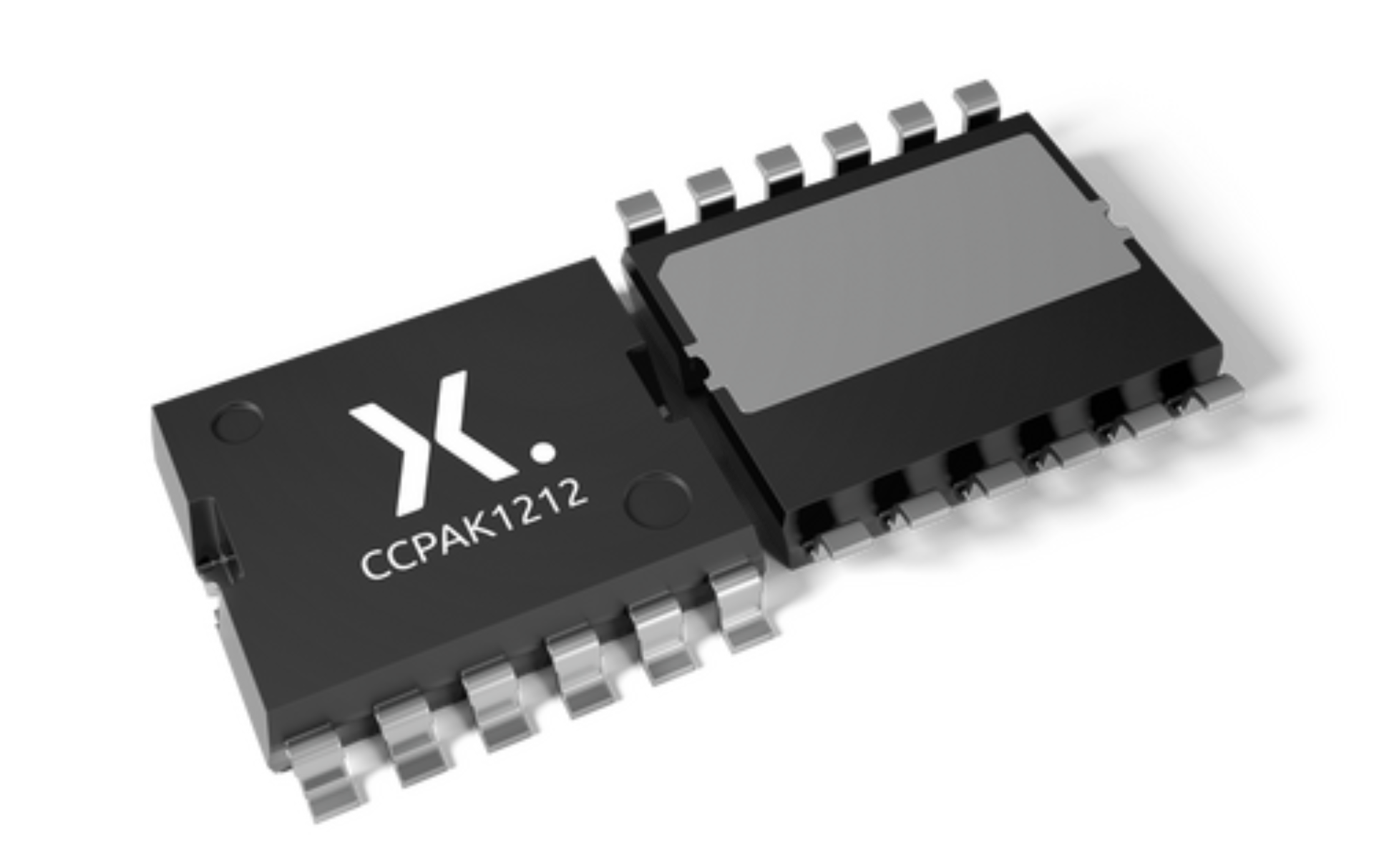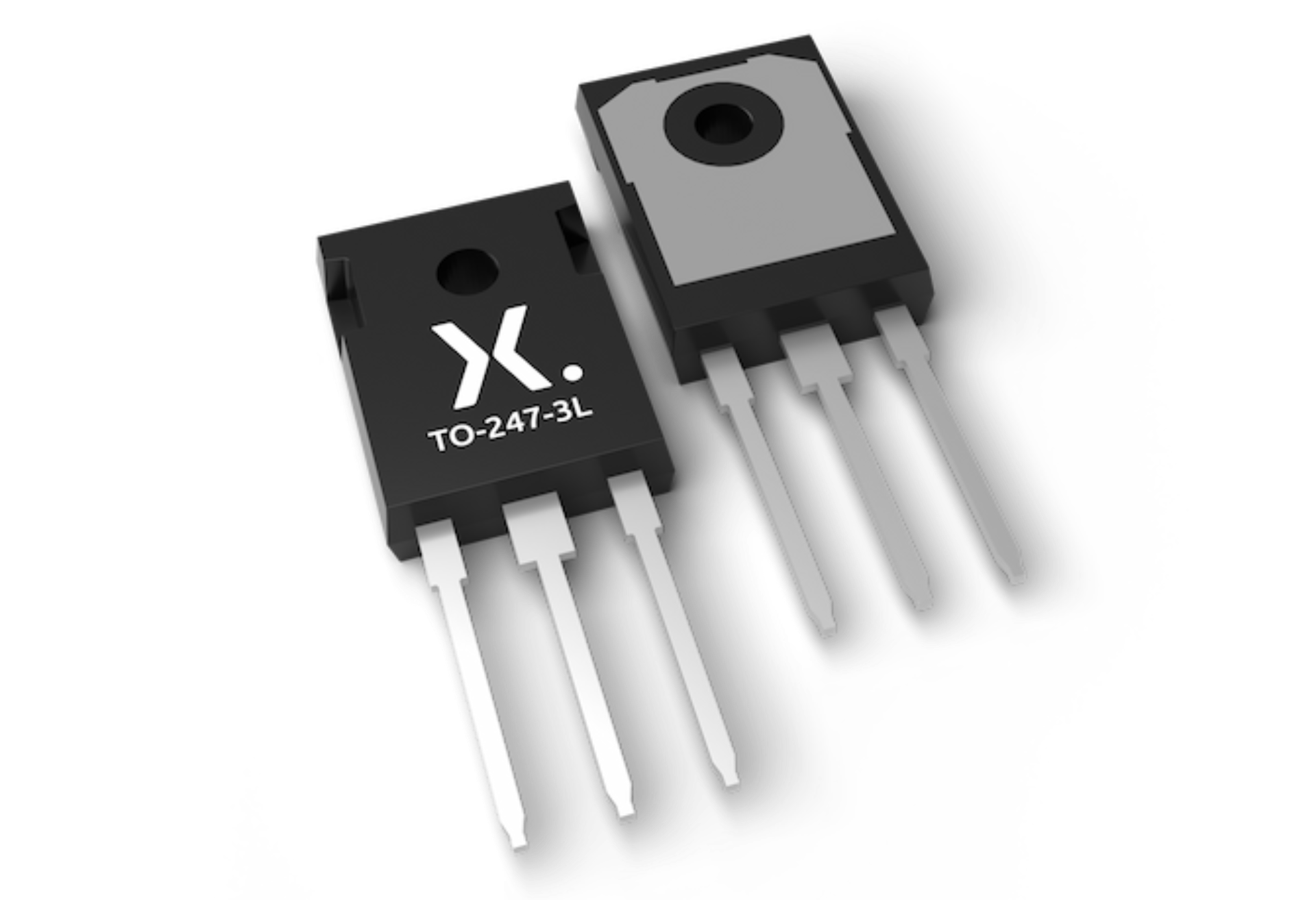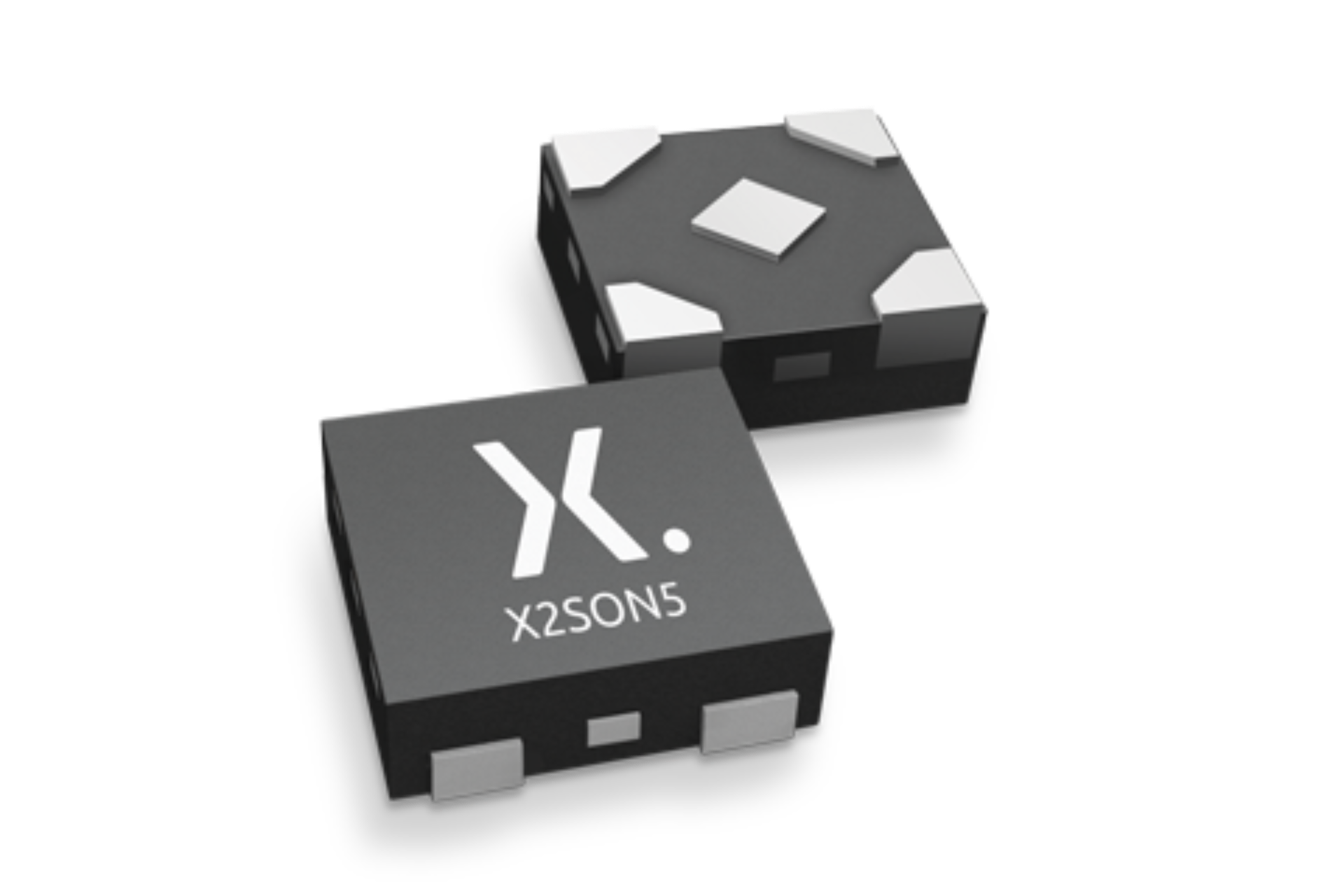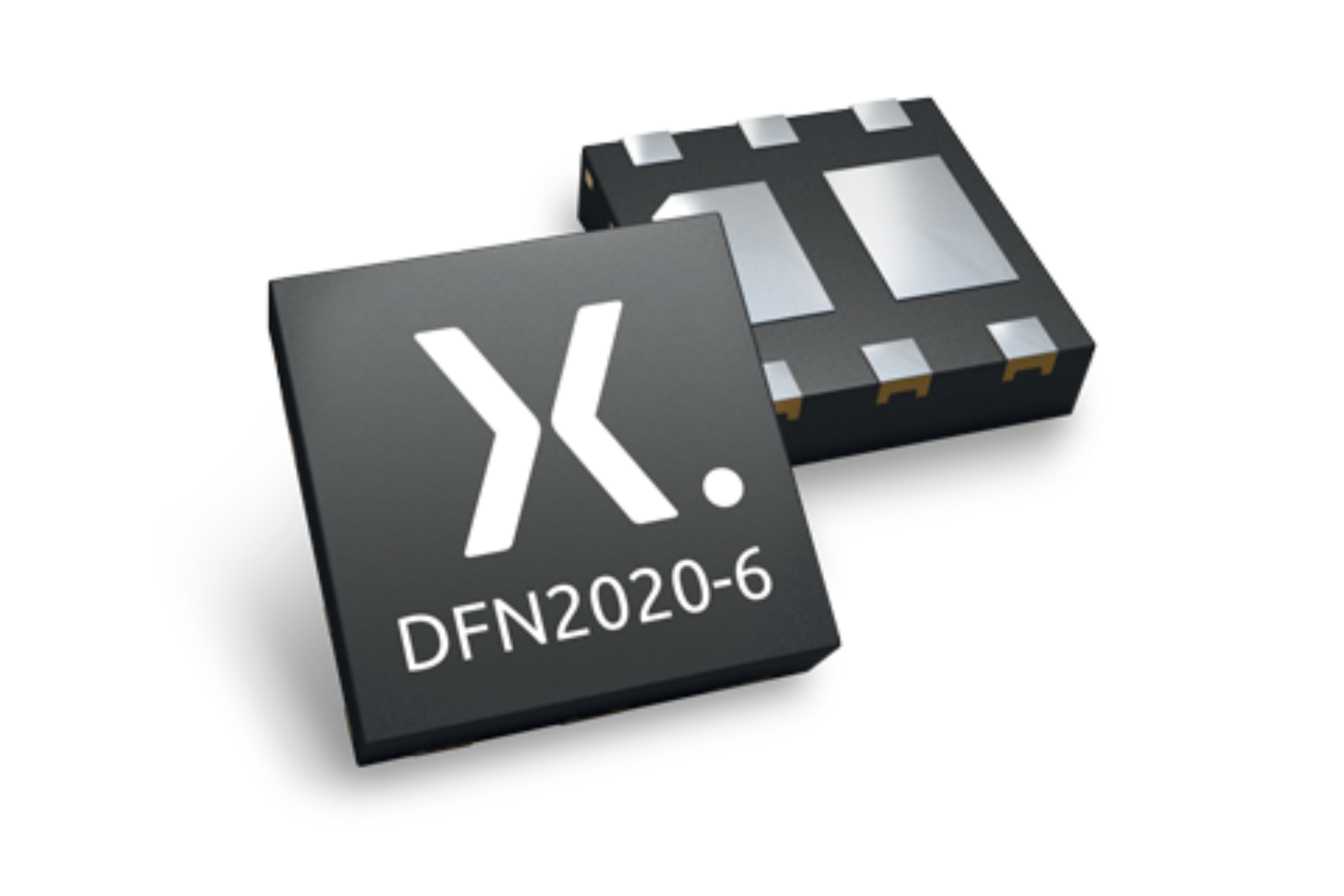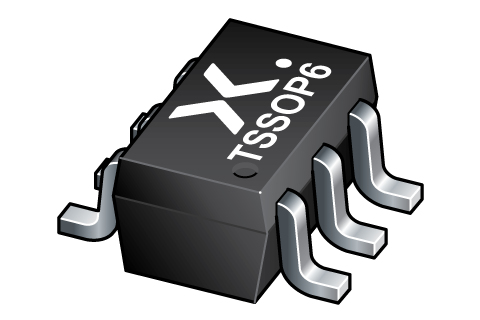
Register once, drag and drop ECAD models into your CAD tool and speed up your design.
Click here for more informationBCM857BSH
45 V, 100 mA PNP/PNP matched double transistor
PNP/PNP matched double transistor in a very small SOT363 (SC-88) Surface-Mounted Device (SMD) plastic package.
NPN/NPN complement: BCM847BSH
Alternatives
Features and benefits
- Low collector capacitance
- Low collector-emitter saturation voltage
- Current gain matching
- Base-emitter voltage matching
- Drop-in replacement for standard double transistors
- No mutual interference between the transistors
- High-temperature applications up to 175 °C
Applications
- Current mirror
- Differential amplifier
Parametrics
| Type number | Package version | Package name | Size (mm) | channel type (e) | VCEO [max] (V) | IC [max] (A) | hFE [min] | hFE [max] | hFE1 / hFE2 [min] | VBE1 / VBE2 [max] (mV) | Automotive qualified |
|---|---|---|---|---|---|---|---|---|---|---|---|
| BCM857BSH | SOT363 | TSSOP6 | 2.1 x 1.25 x 0.95 | PNP | -45.0 | -0.1 | 200.0 | 450.0 | 0.95 | 2.0 | N |
Package
All type numbers in the table below are discontinued.
| Type number | Orderable part number, (Ordering code (12NC)) | Status | Marking | Package | Package information | Reflow-/Wave soldering | Packing |
|---|---|---|---|---|---|---|---|
| BCM857BSH | BCM857BSHX (934661583115) |
Obsolete | 7B% |

TSSOP6 (SOT363) |
SOT363 |
WAVE_BG-BD-1
|
SOT363_115 |
| BCM857BSHF (934661583135) |
Obsolete | 7B% | SOT363_135 |
Environmental information
All type numbers in the table below are discontinued.
| Type number | Orderable part number | Chemical content | RoHS | RHF-indicator |
|---|---|---|---|---|
| BCM857BSH | BCM857BSHX | BCM857BSH |
|
|
| BCM857BSH | BCM857BSHF | BCM857BSH |
|
|
Documentation (13)
| File name | Title | Type | Date |
|---|---|---|---|
| BCM857BSH | 45 V, 100 mA PNP/PNP matched double transistor | Data sheet | 2021-03-22 |
| AN90032 | Low temperature soldering, application study | Application note | 2022-02-22 |
| AN90063 | Questions about package outline drawings | Application note | 2025-10-22 |
| Nexperia_document_guide_MiniLogic_PicoGate_201901 | PicoGate leaded logic portfolio guide | Brochure | 2019-01-07 |
| SOT363 | 3D model for products with SOT363 package | Design support | 2018-12-05 |
| Nexperia_package_poster | Nexperia package poster | Leaflet | 2020-05-15 |
| TSSOP6_SOT363_mk | plastic, surface-mounted package; 6 leads; 1.3 mm pitch; 2 mm x 1.25 mm x 0.95 mm body | Marcom graphics | 2017-01-28 |
| REFLOW_BG-BD-1 | Reflow soldering profile | Other type | 2025-11-14 |
| SOT363 | plastic, surface-mounted package; 6 leads; 0.65 mm pitch; 2.1 mm x 1.25 mm x 0.95 mm body | Package information | 2022-06-01 |
| BCM857BSH_Nexperia_Product_Reliability | BCM857BSH Nexperia Product Reliability | Quality document | 2022-03-21 |
| BCM857BSH | BCM857BSH SPICE model | SPICE model | 2025-07-09 |
| MAR_SOT363 | MAR_SOT363 Topmark | Top marking | 2013-06-03 |
| WAVE_BG-BD-1 | Wave soldering profile | Wave soldering | 2021-09-08 |
Support
If you are in need of design/technical support, let us know and fill in the answer form we'll get back to you shortly.
Longevity
The Nexperia Longevity Program is aimed to provide our customers information from time to time about the expected time that our products can be ordered. The NLP is reviewed and updated regularly by our Executive Management Team. View our longevity program here.
How does it work?
The interactive datasheets are based on the Nexperia MOSFET precision electrothermal models. With our interactive datasheets you can simply specify your own conditions interactively. Start by changing the values of the conditions. You can do this by using the sliders in the condition fields. By dragging the sliders you will see how the MOSFET will perform at the new conditions set.
